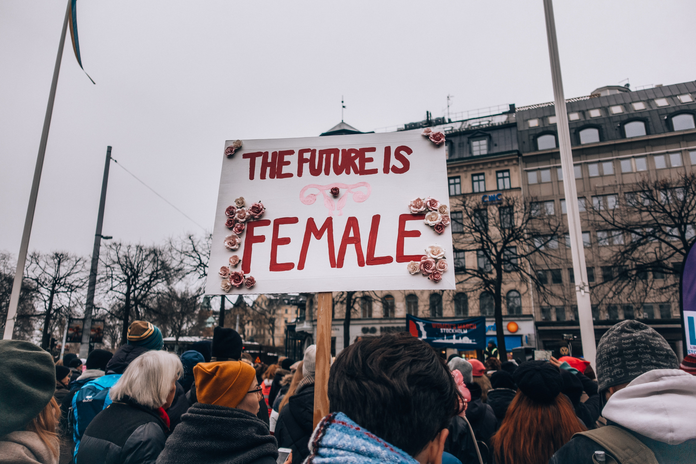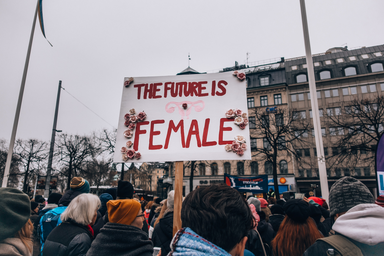The first two episodes of Max’s newest original series, The Girls on the Bus aired on March 14, 2024, and chronicles the life of four journalists who join the political campaign trail to report on the candidates. Inspired by The Boys on the Bus by Timothy Cruse and Chasing Hillary: Ten Years, Two Presidential Campaigns, and One Intact Glass Ceiling, a memoir by Amy Chozick, the show’s creator, the series carries audiences through the high-risk high-reward lifestyle of writing about a political landscape riddled with secrets and scandals.
In the first couple minutes of the premiere episode, viewers are immediately pulled into these women’s lives. Sadie McCarthy (Melissa Benoist), the lead journalist of the show, is being chased by police, for reasons still unknown to the audience, as the show then catapults viewers seven months prior to the chase. Residing within the flashback for the remainder of the episode, viewers are introduced to three other journalists of note, each of whom represents various forms of media in the political arena. For instance, Grace Greene (Carla Gugino) a writer who has been on the trail for the last three decades and stands firm on tradition and print media; Kimberlyn Kendrick (Christina Elmore) who reports for the right-wing television show, Liberty Direct News; and then there’s Lola Rahaii (Natasha Behnam) who embodies the younger generation, as a TikTok-er who demystifies political jargon and policy for young voters.
This group of reporters is on the bus for front-runner Caroline Bennett (Joanna Gleason) for the Iowa state caucus. Under pressure to be recognized in their jobs and taken seriously, Kimberlyn and Sadie fight to get the first interview with Bennett, while Grace leaves to track down a lead, and Lola livestreams to discuss the talking points of the socialist candidate, Althea Abdi (Tala Ashe). In moments of stress and frustration, like when a scandal from Bennett’s past breaks and leaves her floundering for votes, the four women find solace and the beginning of a friendship in the hotel bar. Though The Girls on the Bus isn’t lacking intense moments, it manages to balance the tension with humorous scenes, like Sadie comparing the presidential race to an episode of The Bachelor or the ghost of famed journalist Hunter S. Thompson (P.J. Sosko) popping up.
Through the character of Sadie McCarthy, the episodes make a commentary on the current state of journalism and its subsequent lack of objectives. Sadie’s editor, Bruce Turner (Griffin Dunne), describes her as a journalist who becomes too emotionally invested in the subjects of her stories, which poses a threat to her credibility. The series even provides her history of being on the campaign trail once before, becoming too attached to the presidential candidate, Felicity Walker (Hettienne Park), and having a breakdown about Walker’s loss that later became a viral meme. Aside from the age-old remarks of bias in journalism, the show also examines how younger generations, who rarely read print media, are now able to obtain their news through social media platforms like TikTok. To sustain this point, social media influencer, Lola, and traditional reporter, Grace, make a couple of bets throughout the episodes about who will win the caucus and, eventually, the race. These bets interrogate the political motives of young people and question the sustainability of print media for new coverage.
The Girls on the Bus is able to successfully move in the direction of a woman-centered story, without falling into the trappings of “Strong Female Lead,” a trope that too often feels inauthentically empowering and speechy to audiences. However, the secondary plotlines, such as Sadie’s complicated dating history with Bennett’s Press Secretary or Kimberlyn’s struggles with wedding planning while on the trail, detract from the primary focus of the show. These B plotlines attempt to make the characters feel more “real” but, ultimately, are predictable and mostly leave you waiting for them to end so the main plot can commence.
The structure of the show, in terms of the police chase and flashback sequences, definitely sets audiences up for an intriguing and twisty season, with hopes of a second one on the way.


